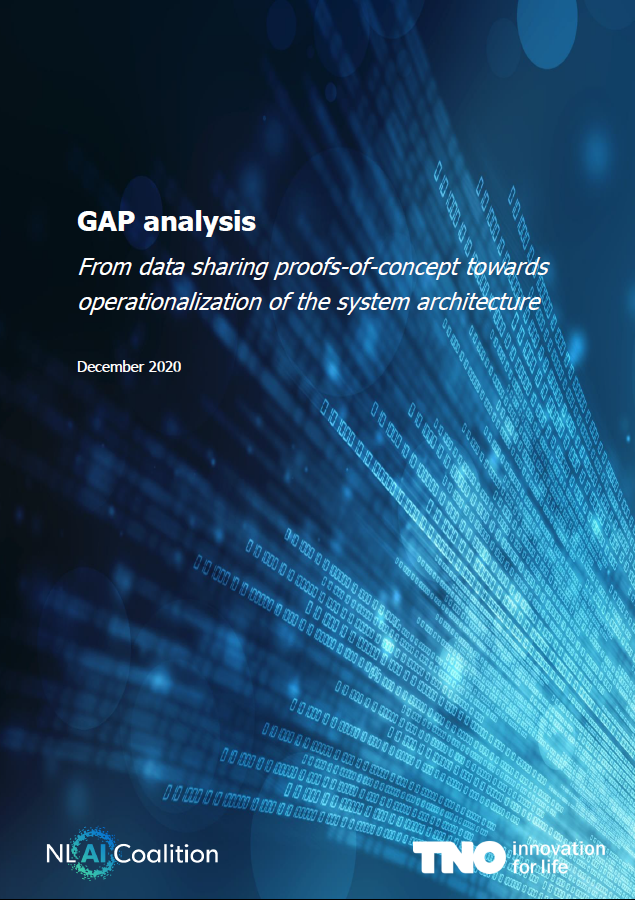Artificial Intelligence (AI) needs data to train algorithms. But the data sources are often outside an organization. This makes an adequate data sharing infrastructure essential for the success of AI. The Netherlands AI Coalition just recently published a GAP analysis to gain insight into the opportunities and challenges for the operationalization and large-scale application of AI. The International Data Spaces Reference Architecture (IDS-RAM) plays a central role in it.
The report focuses on the gaps in system operations and governance that must be bridged to achieve large-scale implementation and use of AI. Using three use cases, the report demonstrates that data sharing can be done in a responsible way. The authors refer to the International Data Spaces Reference Architecture (IDS-RAM) as the reference architecture for the system of controlled data sharing for AI.
As data is considered valuable and potentially sensitive, organizations like to have control over who may use their data, for what purposes and under what conditions. This is what the International Data Spaces Association calls data sovereignty. Data sovereignty secures the source which increases the willingness to share data. AI applications can thus be provided with more and better information.
Download the GAP analysis ‘From data sharing proofs-of-concept towards operationalization of the system architecture’ here:









